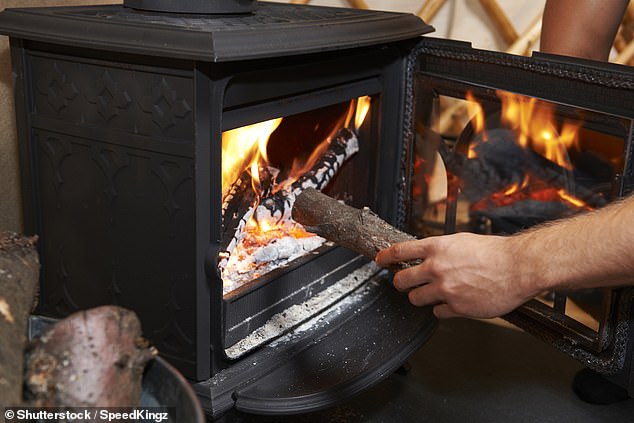
Study Reveals Hidden Health Risks of Trendy Wood-Burning Stoves in Over 1 Million Homes
Wood and Eco Stoves Release Harmful Pollutants, Study Warns
A new study reveals that wood-burning and eco stoves release toxic pollutants, posing serious health risks. Despite their popularity as cost-effective heating solutions, these appliances can degrade indoor air quality by emitting ultrafine particles (UFPs), fine particulate matter (PM2.5), black carbon, and carbon monoxide. These pollutants are linked to respiratory diseases, heart conditions, cancer, and organ damage.
Key Findings
Researchers from the University of Surrey’s Global Centre for Clean Air Research (GCARE) monitored five homes in Guildford, UK, testing stoves using fuels like seasoned wood, kiln-dried wood, briquettes, and smokeless coal. Results showed:
- Open fireplaces emitted PM2.5 levels 7x higher than modern stoves.
- Multifuel eco-design stoves released more UFPs than standard certified models.
- Manufactured fuels (briquettes, smokeless coal) increased UFP exposure by 1.5–1.7x compared to modern stoves.
Even “cleaner” stoves caused dangerous pollution spikes during lighting, refueling, and ash removal, often exceeding WHO safety guidelines.

Wood-burning stoves can release harmful pollutants indoors.
Ventilation Matters
Homes with closed windows had 3x higher pollution levels than those with ventilation. Smaller rooms and prolonged stove use worsened air quality.
Health Risks
Household air pollution causes 3.2 million global deaths annually, including 237,000 children under five. Lead researcher Prof. Prashant Kumar warned: “People spend 90% of their time indoors, yet many underestimate the risks. Public health guidance must adapt to heating trends.”

WHO’s 2021 revised air quality guidelines.
Expert Recommendations
- Prioritize ventilation.
- Limit stove operation time.
- Avoid using stoves in small, enclosed spaces.
PhD researcher Abidemi Kuye emphasized: “Awareness and simple behavioral changes, like opening windows, can reduce exposure.”
Conflicting Perspectives
Earlier this year, the Stove Industry Alliance (SIA) highlighted mental health benefits of stoves, such as fostering family connections and providing affordable heating. While not denying pollution risks, the SIA argued the social and economic benefits are often overlooked.
The Bottom Line
While modern stoves reduce emissions compared to open fires, they still pose health risks. Balancing cost savings, comfort, and air quality requires careful consideration, proper ventilation, and adherence to safety practices.
The study was published in Nature’s Scientific Reports.


